There is no ironclad evidence to prove the true existence of "Guoshan Huang", and scientists have no image data of "Guoshan Huang", let alone any specimens of "Guoshan Huang". Reasonable speculation shows that "Guoshanhuang" is neither a giant chin tiger nor a relative of prehistoric species such as saber-toothed tigers. So what exactly is the legendary "Guoshanhuang"?
Shennongjia in Hubei Province is one of the most mysterious virgin forests in China. "The Classic of Mountains and Seas" also records it. The nine-headed strange bird hurriedly flew across the pines, and the Kui ox galloped across the lake.
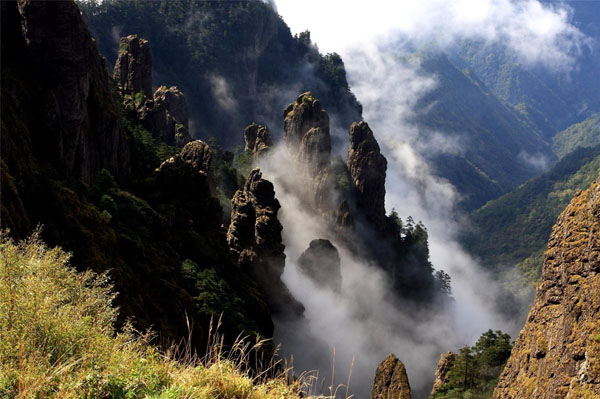
The depths of Shennongjia have always been classified as a restricted area, and tourists are still kept out and tourists are prohibited from going deep, which makes Shennongjia even more mysterious.
Why are tourists prohibited from going deep into the primeval forest? Are there any ferocious beasts?
1. In addition to savages and donkey-headed wolves, the mysterious creature "Guosanhuang" also appears in Shennongjia
There are many mysterious creatures spread in Shennongjia, the most famous of which is of course the mystery of the Shennongjia Savage. It is also said that there is a rare and rare nine-headed bird living in Shennongjia, with a bright red beak and blood dripping every time it chirps.
In addition, in the deep mountains and old forests of Shennongjia, herb collectors have also seen donkey-headed wolves. This monster has a wolf-like body but a donkey head. It barks with a loud voice, much like a donkey's bray.
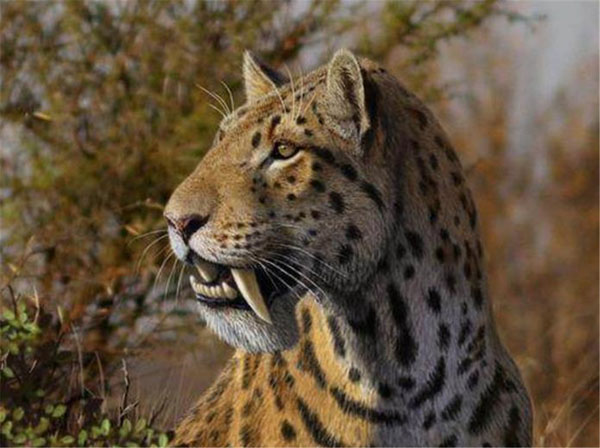
The most interesting thing here is the "Huang Shan Huang". According to local villagers, "Guoshanhuang" hides in the mountains of Shennongjia all year round. It never hurts people and is deeply loved by local villagers. Some people worship "Guoshanhuang" as a mythical beast that protects local peace.
In recent years, animal lovers have witnessed the true appearance of "Guo Shan Huang" many times in Laojun Mountain, Shennongjia. On the mountain road about 200 meters away from the summit, he found a tiger-like monster staring at him eagerly from 5 meters away, and disappeared in the blink of an eye.
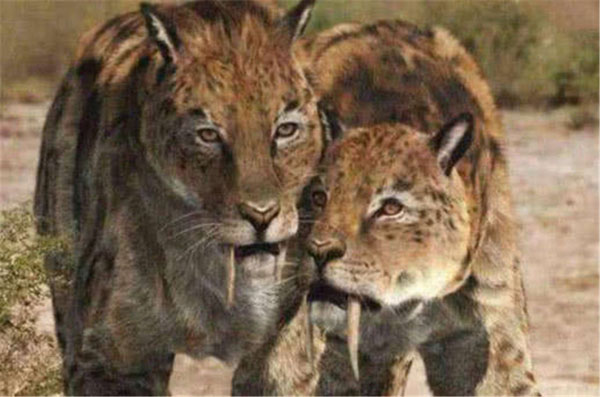
2. Like a tiger and a leopard, it is 5 meters long and weighs 600 kilograms. It is twice as big as the South China tiger and four times as heavy as the South China tiger
As we all know, Guoshanfeng is a king cobra, while "Guoshanhuang" is an unidentified giant beast in the Shennongjia forest. Its roar is like a tiger. The locals call it Shanwang Bodhisattva and Lao Bazi.
"Huangshanhuang" looks like both a tiger and a leopard, but "Huangshanhuang" is neither a tiger nor a leopard. It is a separate species.
According to "China Shennongjia", "Guoshanhuang" has a huge head and two long tusks, especially the upper canine teeth, which are 23 centimeters long. The body is huge, with a body length of 4-5 meters, a tail of more than 1 meter, and a maximum weight of 600 kilograms. The South China tiger's head and tail are only about 2.5 meters long, and its weight is about 150 kilograms. It can be seen that "Guoshanhuang" is twice as heavy as the South China tiger and four times as heavy as the South China tiger.
Generally speaking, tigers have horizontal stripes, and the stripes are darker, and the background color is orange or orange-red. The "Mountain Yellow" is covered with grass-yellow fur, and the patterns on the body are lighter than the color of the tiger. The vertical lines of yellow and white look like shoulder poles. The yellow and white vertical stripes are about 150 cm long and 7 cm wide, very beautiful.
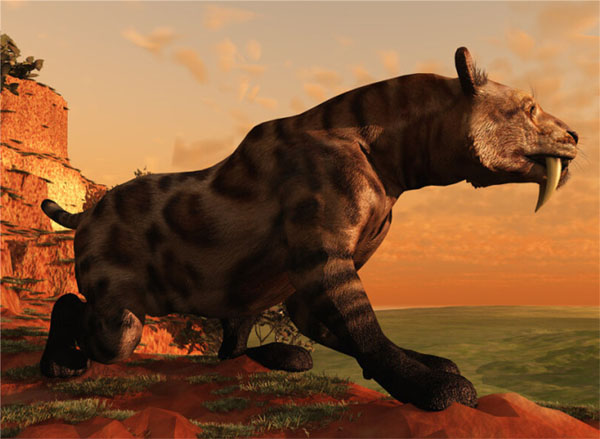
But the strange thing is that "Guo Shan Huang" does not have the "king" pattern on its forehead like a tiger, nor does it have the black horizontal stripes and black rings on its body and tail.
As a benevolent beast, "Guo Shan Huang" often lives in the grass in the mountains. It is kind by nature and looks mighty, but it is not as ferocious as a tiger. It never hurts people or eats living animals. In many eyewitness versions that have been circulated, "Hua Shan Huang" walks slowly and leisurely, often turning a blind eye to people.
Although it is bulky, "Guo Shan Huang" runs as fast as a cheetah in the mountains, like a gust of yellow wind passing by. It is recorded in the Classic of Mountains and Seas that "a day travels a thousand miles".
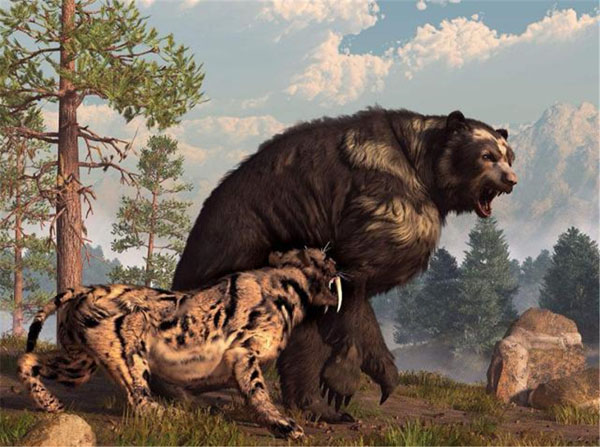
3. Chinese scholars: Maybe it’s a Siberian tiger subspecies, maybe it’s a giant chin tiger
Professor Liu Minzhuang of East China Normal University believes that this may be a creature like a giant chin tiger, perhaps a subspecies of the Siberian tiger. Although the giant-chinned tiger was a prehistoric creature that lived 6 million years ago and has long since become extinct, the "Guosanhuang" in Shennongjia is likely to be this extinct creature.
Because the appearance of giant-chinned tigers and "Guoshanhuang" are strikingly similar: they also have super-long canine teeth. The most important thing is that their patterns are also vertical, while the patterns of existing tigers are all horizontal.
Professor Liu explained that Shennongjia is a rare paradise for wildlife due to its unique geographical environment. During the Quaternary Ice Age, many animals and plants survived here, making Shennongjia host a variety of rare species that are rare in the world. Therefore, It is not surprising that "mountain yellow" appears in Shennongjia.
Opponents believe that the giant chin tiger is not as long as 4-5 meters, and the average giant chin tiger is only 1.5 meters long. There is a clear gap between them.
What's more, it is very difficult for a giant-chinned tiger to hunt today. It is difficult to catch up with modern herbivores such as deer, muntjac and wild boar. Can it survive without a food source?
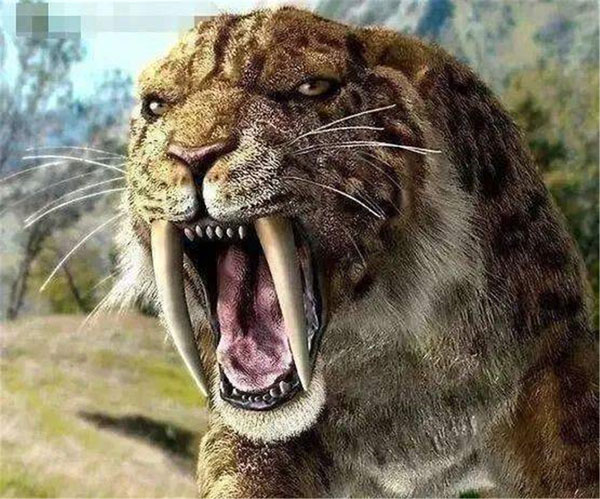
4. British experts: Animals similar to saber-toothed tigers
According to analysis by British zoologist Dr. Carl Schuck, the "Polygonus" may be an animal similar to the saber-toothed tiger. There are three reasons for this: first, the appearance characteristics of "Huangshan Huang" and saber-toothed tigers are very similar; second, the living habits of "Huangshan Huang" and saber-toothed tigers are basically the same; third, their birth and breastfeeding habits are also the same.
However, saber-toothed tigers lived from about 3 million to 10,000 years ago. They were social animals and did not live in dense forests. The longest body of saber-toothed tigers is 2.7 meters long, and its teeth are about 12 centimeters. This is consistent with the description of people who have witnessed "Yellow Mountain" The data is about 4-5 meters, and the teeth are 23 centimeters, which is twice as bad. What's more, saber-toothed tigers are ferocious predators, while "Crossland Tigers" do not hurt humans and do not eat living animals. It can be seen that neither the body shape nor the temperament are the same creature.
What's more, the reproduction of large species requires a certain population base. That is to say, if the number is lower than a certain number, after several generations of inbreeding, the population will degenerate and the species will gradually die out.
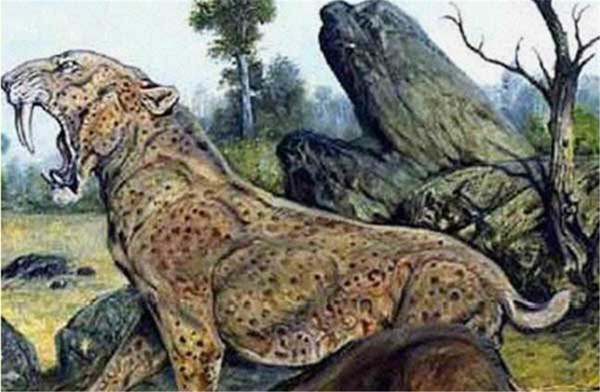
5. The truth: Mountain yellow may be a Siberian tiger
There is no ironclad evidence to prove the true existence of "Guoshan Huang", and scientists have no image data of "Guoshan Huang", let alone any specimens of "Guoshan Huang".
Reasonable speculation shows that "Guoshanhuang" is neither a giant chin tiger nor a relative of prehistoric species such as saber-toothed tigers. So what exactly is the legendary "Guoshanhuang"?
It is very likely that "Huangshanhuang" is just a figment of people's imagination, or it may be some other huge creatures that are mistaken for "Huangshanhuang".
It is possible that the "Huangshanhuang" is the same as the savage, but people misunderstood it. Maybe some giant beasts were mistaken for "Huangshanhuang". Or some imaginary beast.

A more reliable theory is that the "Huangshan Huang" seen by the villagers should belong to a wild tiger, possibly the East China Tiger.
As for the difference between what people see and what they see, it is easy to understand. That is because people are naturally scared when they see tigers in the wild. When they recall what happened, they can’t help but magnify what they saw several times. This is also Human nature.
animal tags: Tiger Shennongjia cheetah
We created this article in conjunction with AI technology, then made sure it was fact-checked and edited by a Animals Top editor.